The one activity I love more than writing is shopping. So whenever I go to Manhattan, I rarely make it off of Fifth Avenue. Something about walking down that street with a bunch of bags in my hand really trips my trigger. But believe it or not, last Friday I decided to branch out. I spent the afternoon at The Metropolitan Museum of Art.
I only had a three hours to explore the museum, so I researched which exhibit I wanted to visit before I left Atlanta. I selected The Steins Collect: Matisse, Picasso, and the Parisian Avant-Garde, a special exhibition open through June 3, 2012. I’ve never read anything by Gertrude Stein, but Hemingway wrote a lot about her in A Moveable Feast. I was also familiar with her influence on Pablo Picasso from a guided tour of a Picasso museum in Barcelona. And I loved Monica Truong’s fictional account of the Parisian household she shared with Alice B. Toklas in The Book of Salt. I had enough knowledge of the famous literary and artistic salons hosted at 27 rue de Fleurus to not only enjoy the collection, but also study it (from a totally non-art history perspective).
As I walked around looking at the paintings, I was a little intimidated by the artist standing around the galleries sketching paintings. I wanted to be able to translate what I was seeing into something I could use for my writing. But then I came across Melancholy Woman by Pablo Picasso. It made me want to write.
It made me want to write.
The color and texture totally set the mood of the painting. The layered shades of blue, mossy green and gray made me feel the despair. I longed to be able to evoke such powerful emotions with words. But often I struggle to find the right words to capture intensity of a feeling. I end up writing around the mood – telling rather than showing.
I almost concluded it would have been easier to be a painter until I noticed Head of a Sleeping Woman (Study for Nude with Drapery) by Pablo Picasso. It hung next to eight studies of the same subject done with different media (watercolor and gouache, oil wash, tempera and watercolor, Conte crayon, gouache) and on a variety of surfaces (paper, canvas, paper mounted on board, paper mounted on canvas, paper mounted on panel and cardboard).
It hung next to eight studies of the same subject done with different media (watercolor and gouache, oil wash, tempera and watercolor, Conte crayon, gouache) and on a variety of surfaces (paper, canvas, paper mounted on board, paper mounted on canvas, paper mounted on panel and cardboard).
Including the word study in the title suggests Picasso was playing with the subject and the form. He used aspects of the eight other pictures to create the final painting. It screamed revision. It also confirmed the need to spend time with you work studying the various pieces that create the whole. So, I concluded that in order to evoke a mood in words, the writer has to go back and inhibit the moment from a variety of perspectives and vantage points, creating a study of the subject. I stood next to a woman sketching the painting as I wrote my notes on my Iphone.
I felt like an artist. It was almost as if I were in one of the Stein’s salons.
As I wandered through the rest of the exhibit, I discovered Gertrude Stein was often the subject of several sculptures, drawings, painting and photographs. The artist who visited her salons would have her pose for them and in return she would write word portraits of the artist. I was totally intrigued by the way she merged art and words.
Just before I left the exhibit, I stopped at a photograph of Gertrude Stein at her desk with Alice B. Toklas standing in the doorway. 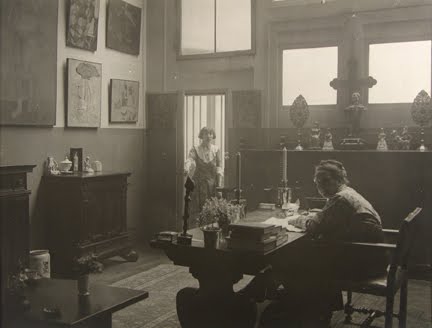 The neatness of Stein’s desk and Toklas position outside of the office spoke to me. Something in Stein’s face suggested that her office was a sacred place for her work. It made me realize how much I had let the chaos of my life encroach on my art. I felt the need to reclaim my creative space. I suddenly wished I could talk to Gertrude Stein about writing and art. So I bought her book, The Autobiography of Alice B. Toklas, in the gift shop on my way out.
The neatness of Stein’s desk and Toklas position outside of the office spoke to me. Something in Stein’s face suggested that her office was a sacred place for her work. It made me realize how much I had let the chaos of my life encroach on my art. I felt the need to reclaim my creative space. I suddenly wished I could talk to Gertrude Stein about writing and art. So I bought her book, The Autobiography of Alice B. Toklas, in the gift shop on my way out.
I’ll let you know what I discover.
The day after I visited The Met, I found myself on Fifth Avenue going from shop to shop. But it just didn’t feel the same. I kept thinking about the magnificent pieces of art I had seen the day before. I wanted to go back and wonder around another gallery. I purchased a tube of lipstick and went back to the hotel.
Who knew visiting The Met could save you a ton of money?


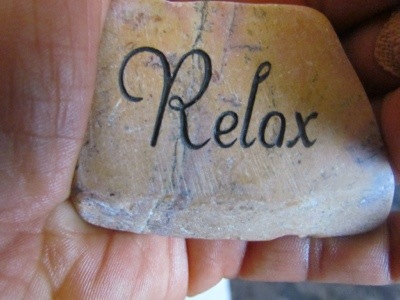



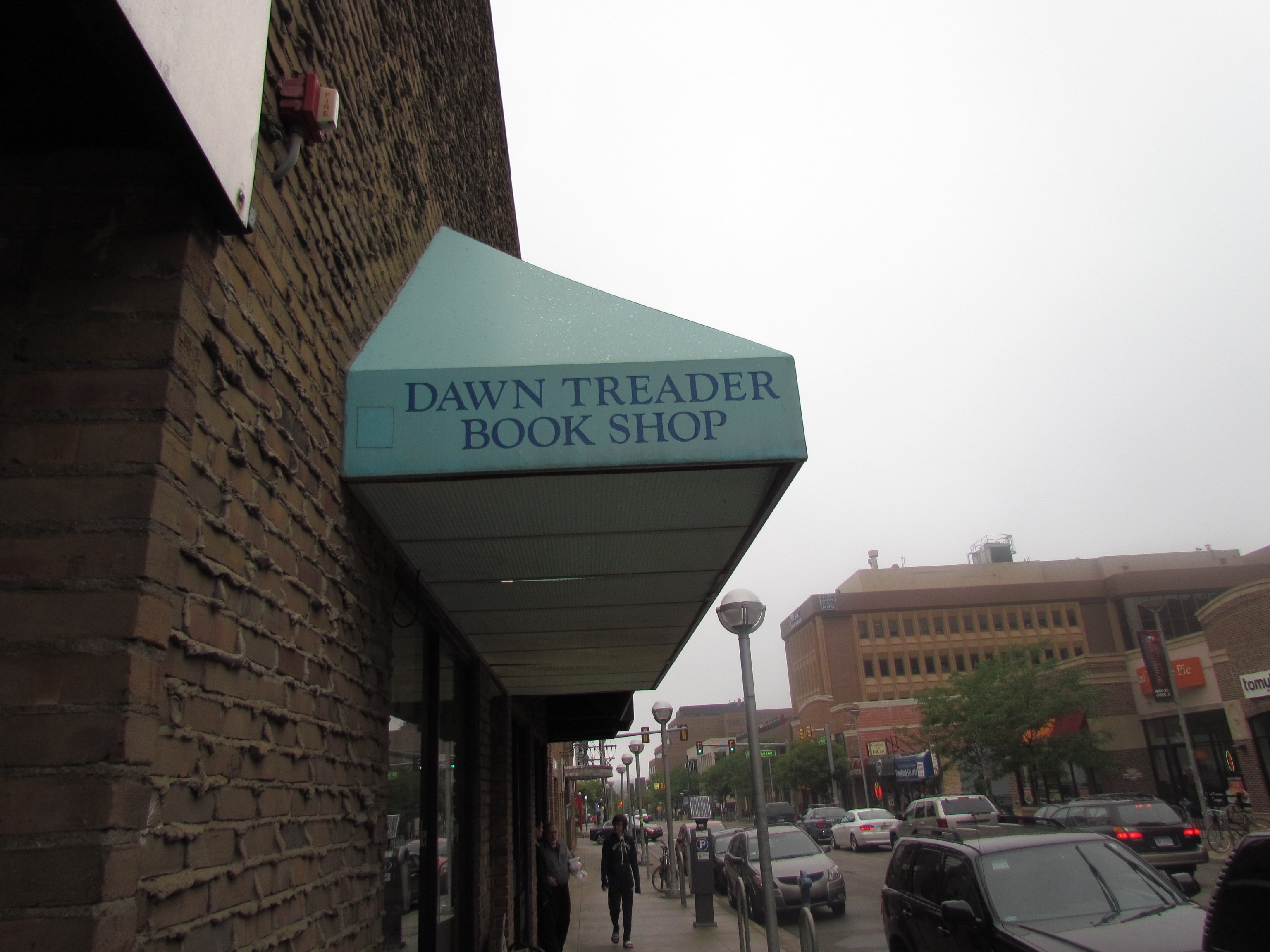
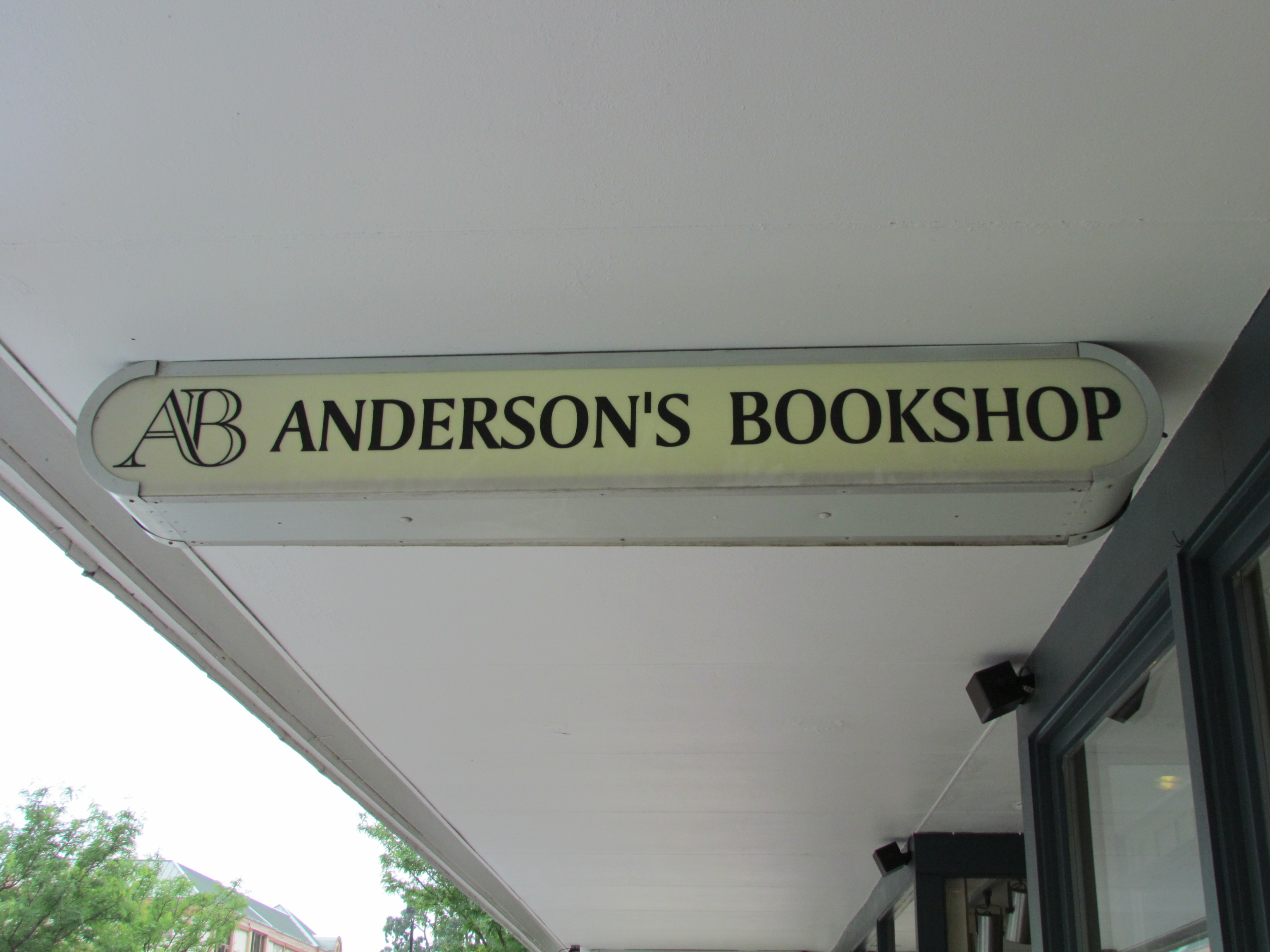
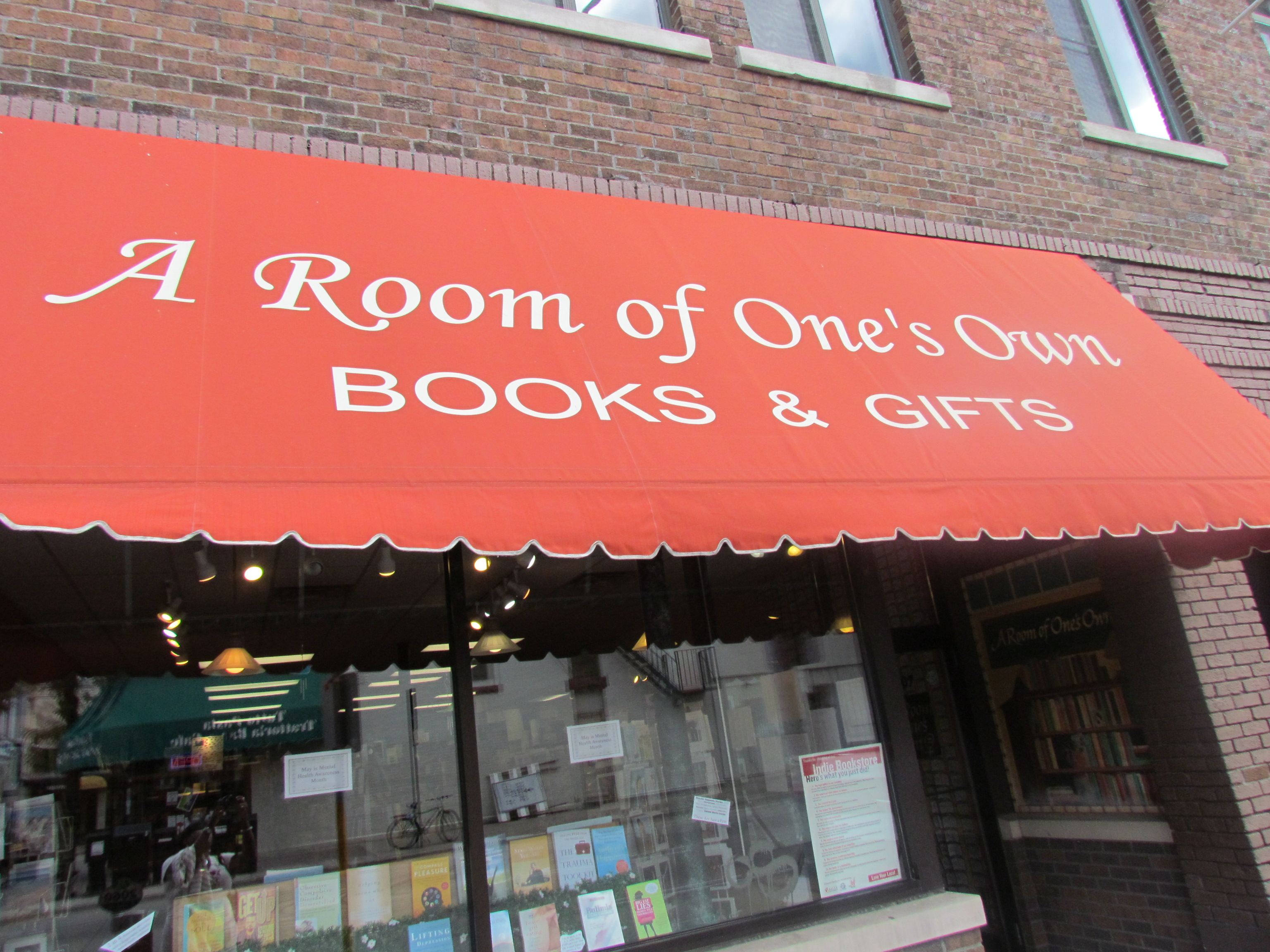











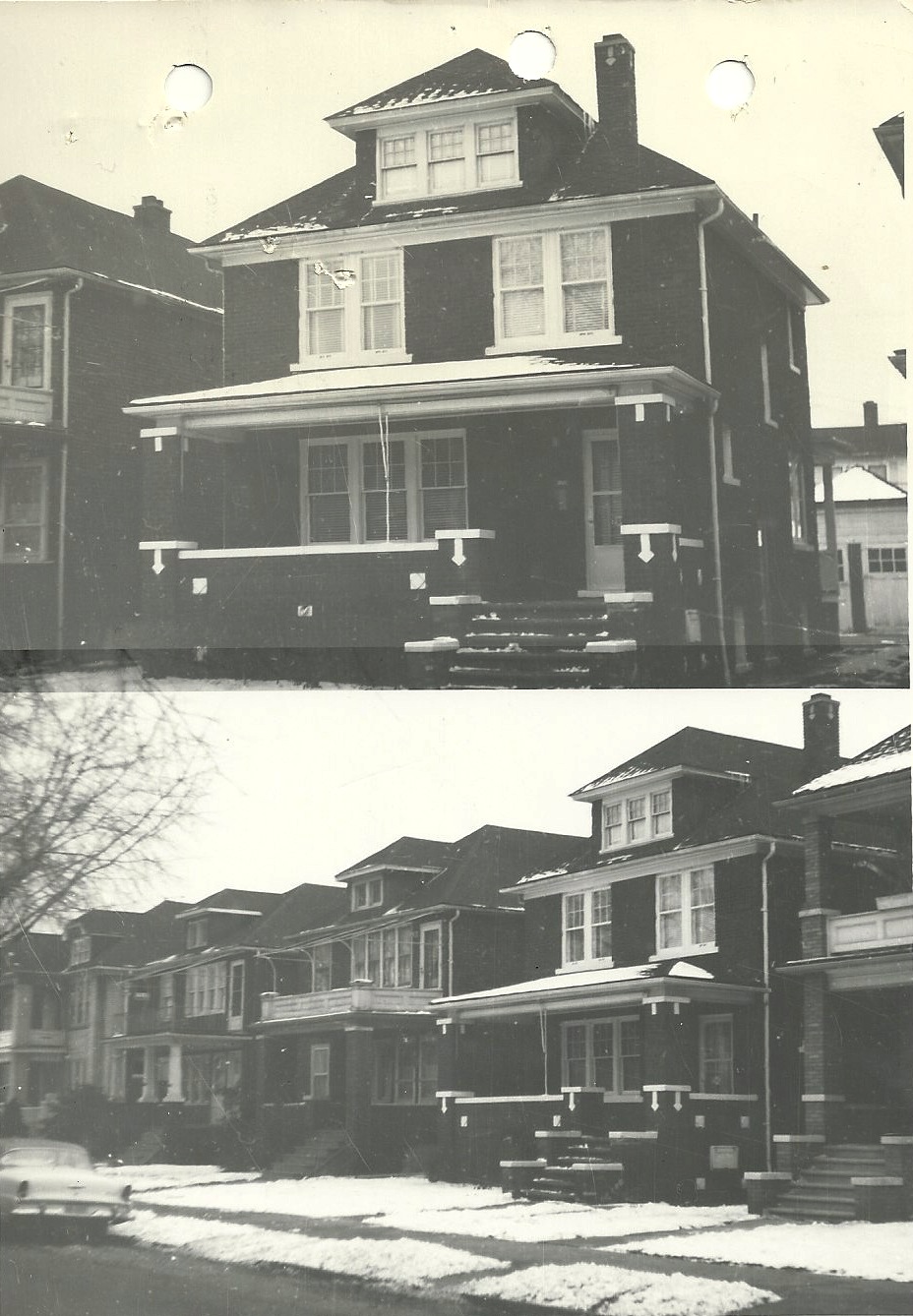

 It made me want to write.
It made me want to write. It hung next to eight studies of the same subject done with different media (watercolor and gouache, oil wash, tempera and watercolor, Conte crayon, gouache) and on a variety of surfaces (paper, canvas, paper mounted on board, paper mounted on canvas, paper mounted on panel and cardboard).
It hung next to eight studies of the same subject done with different media (watercolor and gouache, oil wash, tempera and watercolor, Conte crayon, gouache) and on a variety of surfaces (paper, canvas, paper mounted on board, paper mounted on canvas, paper mounted on panel and cardboard). The neatness of Stein’s desk and Toklas position outside of the office spoke to me. Something in Stein’s face suggested that her office was a sacred place for her work. It made me realize how much I had let the chaos of my life encroach on my art. I felt the need to reclaim my creative space. I suddenly wished I could talk to Gertrude Stein about writing and art. So I bought her book, The Autobiography of Alice B. Toklas, in the gift shop on my way out.
The neatness of Stein’s desk and Toklas position outside of the office spoke to me. Something in Stein’s face suggested that her office was a sacred place for her work. It made me realize how much I had let the chaos of my life encroach on my art. I felt the need to reclaim my creative space. I suddenly wished I could talk to Gertrude Stein about writing and art. So I bought her book, The Autobiography of Alice B. Toklas, in the gift shop on my way out.